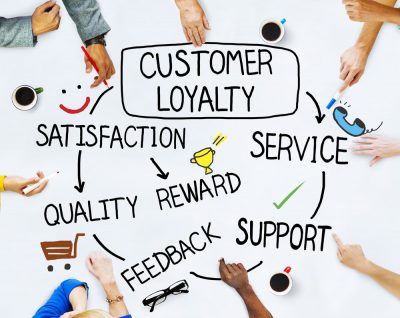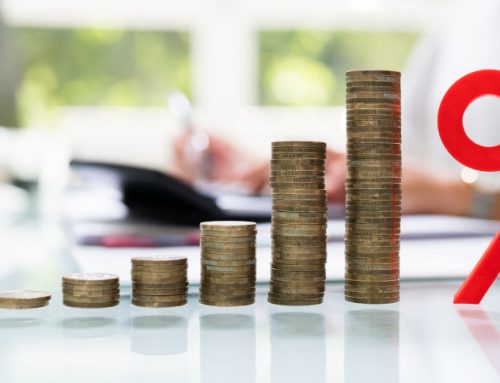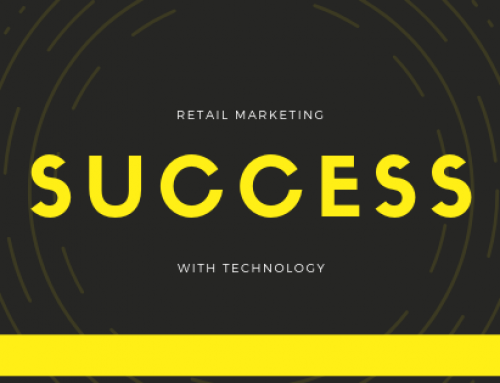Even small retailers can count on the value from a great customer loyalty program.
Are you aware that the top 20% of your current customers most likely contribute between 70% – 80% of your total sales?
And, did you know that keeping a customer costs 3–10 times less than the expense incurred in acquiring a new one?
These stats are pretty compelling. And, they make a great case for the value of loyalty programs, even for the small retailer.
So what exactly is a customer loyalty program anyway?

A customer loyalty program encourages your customers to continue to shop with you by offering them incentives in exchange for their ongoing loyalty. There are a myriad of types of customer loyalty programs in existence, yet beyond the basics, there are no set limits to what a customer loyalty program can be and they often differ by industry.
Are there different types of customer loyalty programs?
You bet there are! Loyalty programs goes beyond points based systems. Some examples of loyalty programs include, but certainly are not limited to:
- Rewarding customers with free or discounted products or services after they have spent a certain dollar amount with you.
- A VIP program that offers benefits only to those customers, such as promotions, giveaways, and exclusive shopping nights.
- Issuing discount codes, coupons and special offers to your existing customers to entice them to do business with you again
- Competitions where customers can up their chances of winning by buying more of a specific product or by dollar value
- Providing added incentives when customers purchase from you, for example donating money to a charity, or discounting off ancillary services like petrol or frequent flyer points

- Rewarding existing customers for bringing new customers to your business.
When setting up a customer loyalty program for your retail operation, you can be as creative as you like to encourage customers to come back or tell their friends. Just remember, whatever you come up with will need to be administered in order to work properly, so try not to go overboard and automate as much as you can through your POS software.
What are the benefits and risks associated with customer loyalty programs?
In addition to building a solid brand and reputation, setting up a reliable repeat customer base will provide you with a steady stream of sales income.
The top 10 benefits include:
- Keeping your existing customers
- Increasing overall sales or sales within a certain category or product line
- Boosting ongoing growth
- Creating greater sales consistency – with more regular sales income to help your business through seasonal downturns throughout the year
- Increased brand recognition for your business
- Better business reputation and positive word of mouth
- Opportunities to better target communications to key customers.
- Attracting new customers through the program
- Harvesting more and more useful information around customers’ buying patterns.
- Providing a great channel for ongoing market research.
And, there are a few risks:
- The customer loyalty program is ineffective
- Your business becomes unable to fulfil the promises of your loyalty program
- Difficulty in keeping track of the data, buying habits, and effectiveness of offering etc. – of those customers actually using the loyalty program
- Fraud, misuse of the loyalty program by customers or staff.
- Loss of profit and business reputation if the program is ineffective.
How do I maximise success and minimise failure when I implement a customer loyalty program?
As a bare minimum the steps you may need to take to may include:
Set some goals: Why are you doing this? Is more about profitability? Is it because you need to learn from loyal customer behaviours? Are your goals more about creating a connection and an experience? Is it to establish a competitive advantage? Just what is this program meant to do?
Profile your key customers: Who are your best customers? And, we’re not just suggesting those who visit most often, but who are those that represent the most profitable among your regulars? This might be a difficult step but if you start with those who spend a greater than average dollar value instore, those who frequent most often, those who have been with you the longest, then you can refine as you go.
Identify what it is that your loyal customers like about your products and shopping experience: By gaining an understanding about what your top customers like about your products and your shopping experience, you will get critical information that can be used in the development of rewards and the overall parameters of your loyalty program. Getting this right will help give the program sticking power and longevity.
Pick a program: As we mentioned above there are a variety of types of programs. Think again about your goals, then combine this with the motivations and preferences of your best customers and this will help you to determine which type of program is right for you. Think about whether or not your program will be for all customers or an exclusive subsection. Will members accumulate points that can be redeemed for special offers or will certain spending levels trigger special rewards? Or will it certain levels deliver different benefits?
Track participation: These programs can generate a great deal of customer data. What will you do with this data? How will use it to refine the program? Will it be used to help merchandise? Advertise? Communicate with your customers? One big caveat here, use this data! Turn it into information that can assist with decisions because most loyalty programs aren’t worth doing unless you do.
I think we’ll end Part I this post here and let that sit with you for a while.
Come back soon for Part II of our look at The Customer Loyalty Payoff when we’ll dive into what goes into developing, testing, and refining an effective customer loyalty program for your retail business.











